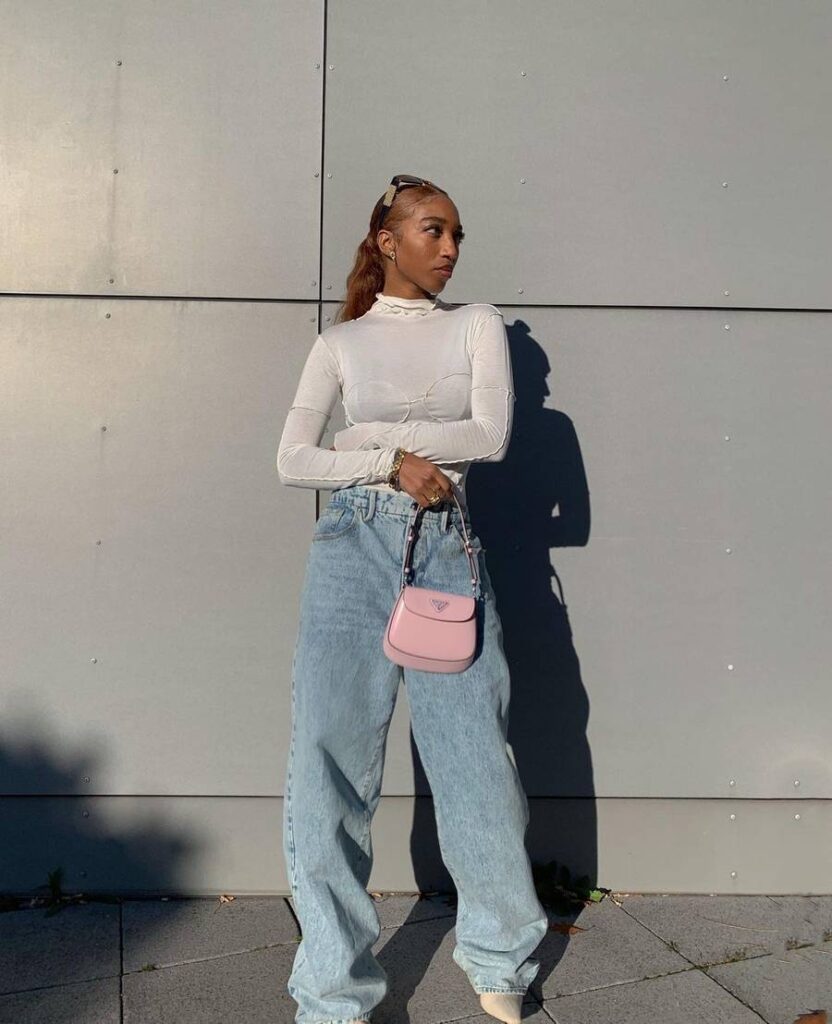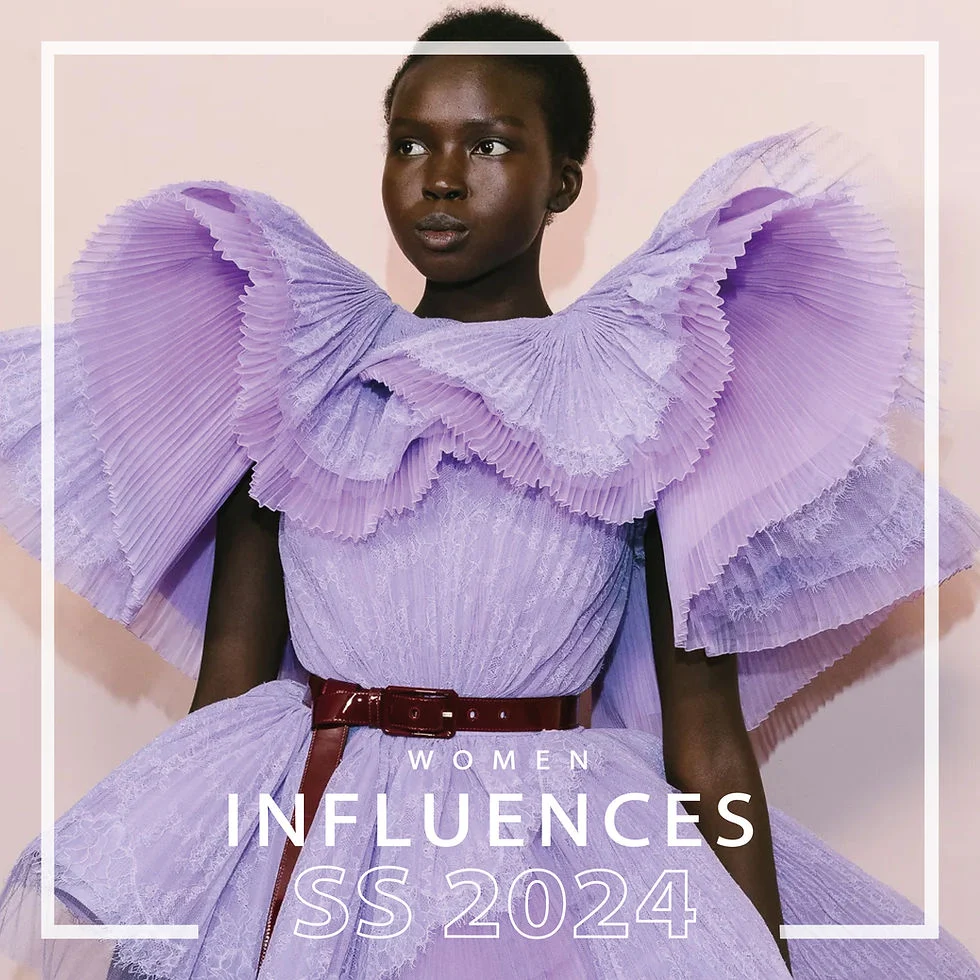In recent years, the fashion industry has witnessed a remarkable revival of vintage styles, sparking a renewed interest in retro fashion. The resurgence of vintage styles is not merely a fleeting trend; it reflects a deeper cultural shift towards nostalgia and individuality. As consumers increasingly seek unique expressions of their identity, retro fashion offers a perfect blend of timeless elegance and personal flair. From the bold patterns of the 70s to the chic silhouettes of the 90s, vintage styles are captivating a new generation of fashion enthusiasts.
This article delves into the reasons behind the resurgence of vintage styles and explores how retro fashion is influencing contemporary trends. You will learn about the key factors driving this comeback, including the impact of social media, sustainability concerns, and the desire for authenticity in a fast-paced world. Additionally, we will highlight iconic vintage pieces that have made a significant impact on modern wardrobes and how you can incorporate these styles into your own fashion repertoire.
Join us as we uncover the fascinating world of retro fashion and its enduring appeal. Whether you are a seasoned vintage lover or just beginning to explore this captivating realm, our insights will inspire you to embrace the charm of the past while making it your own. Read on to discover how vintage styles are not just making a comeback, but are here to stay!
In recent years, vintage fashion has seen a remarkable resurgence, captivating the hearts of fashion enthusiasts and casual shoppers alike. This revival is not merely a fleeting trend; it reflects a deeper cultural shift towards nostalgia and sustainability. Below, we explore the key factors driving this retro fashion comeback.
Nostalgia and Cultural Influence
Nostalgia plays a significant role in the resurgence of vintage styles. As people yearn for simpler times, they often turn to fashion from previous decades that evoke fond memories. The influence of pop culture, including movies, music, and social media, has amplified this trend. Iconic films and television shows set in the past often showcase vintage clothing, inspiring viewers to emulate those styles in their everyday lives.
Moreover, social media platforms like Instagram and TikTok have become powerful tools for sharing vintage fashion. Influencers and fashion enthusiasts frequently post outfits that blend modern and retro elements, creating a visual feast that encourages others to explore vintage options. This cultural interplay between nostalgia and modernity fuels the ongoing popularity of retro fashion.
Sustainability and Ethical Fashion
As awareness of environmental issues grows, many consumers are seeking sustainable fashion choices. Vintage clothing offers a unique solution by promoting the reuse and recycling of garments. By choosing second-hand or vintage pieces, shoppers can reduce their carbon footprint and contribute to a more sustainable fashion industry.
Additionally, vintage shopping often supports local businesses and thrift stores, fostering a sense of community. This ethical approach to fashion aligns with the values of many consumers today, making vintage styles not only a fashionable choice but also a responsible one.
Unique Style and Individuality
In a world dominated by fast fashion, vintage clothing provides a refreshing alternative that allows individuals to express their unique style. Each vintage piece carries its own history and character, making it distinct from mass-produced items. Fashion enthusiasts are increasingly drawn to the idea of curating a wardrobe that reflects their personality rather than conforming to mainstream trends.
This quest for individuality is further enhanced by the variety of styles available from different eras. From the flapper dresses of the 1920s to the grunge looks of the 1990s, vintage fashion offers a diverse range of options for self-expression. As a result, many people are embracing vintage styles as a way to stand out in a sea of uniformity.
The Role of Fashion Icons
Fashion icons and celebrities have a profound impact on trends, and their embrace of vintage styles has contributed to the current resurgence. Many stars are seen wearing vintage pieces on red carpets or in everyday life, showcasing the timeless appeal of these garments. This visibility not only elevates vintage fashion but also encourages fans to seek out similar styles.
Moreover, collaborations between modern designers and vintage brands have further popularized retro aesthetics. These partnerships often blend contemporary design with vintage flair, making retro styles more accessible to a broader audience. As a result, vintage fashion continues to gain traction in the mainstream fashion landscape.
The Influence of Online Shopping
The rise of online shopping has revolutionized the way consumers access vintage fashion. E-commerce platforms and specialized vintage shops have made it easier than ever to find unique pieces from various eras. Shoppers can browse extensive collections from the comfort of their homes, expanding their options beyond local thrift stores.
Additionally, online marketplaces allow individuals to sell their vintage items, creating a vibrant community of buyers and sellers. This accessibility has democratized vintage fashion, making it a viable option for a wider audience. As more people discover the joys of vintage shopping online, the trend is likely to continue growing.
Vintage Fashion in the Mainstream
Finally, the integration of vintage styles into mainstream fashion collections has solidified their place in contemporary wardrobes. Many designers are drawing inspiration from past decades, incorporating retro elements into their runway shows. This blending of old and new not only validates vintage fashion but also encourages consumers to embrace these styles in their everyday lives.
As vintage fashion becomes more prevalent in mainstream culture, it is likely to inspire future generations to appreciate and adopt retro styles. The cyclical nature of fashion ensures that vintage will remain a relevant and cherished aspect of the industry for years to come.
| Aspect | Description |
|---|---|
| Definition | Vintage fashion refers to clothing, accessories, and styles that originate from previous decades, typically 20 years or older. |
| Historical Context | Fashion trends often cycle through history, with styles from the past re-emerging in modern contexts, influenced by cultural shifts and nostalgia. |
| Influence of Social Media | Platforms like Instagram and TikTok have popularized vintage styles, allowing users to showcase their unique fashion choices and inspire others. |
| Sustainability | The growing awareness of environmental issues has led consumers to seek sustainable fashion options, making vintage clothing an attractive choice. |
| Celebrity Endorsement | Many celebrities and influencers are embracing vintage styles, further driving the trend and making retro fashion more mainstream. |
| Variety of Styles | From 70s bohemian to 90s grunge, the diversity of vintage styles allows individuals to express their personal identity and creativity. |
| Thrift Culture | The rise of thrift shopping has made vintage clothing more accessible, encouraging a culture of reusing and recycling fashion items. |
| Conclusion | The resurgence of vintage styles reflects a blend of nostalgia, sustainability, and individuality, making retro fashion a significant part of contemporary culture. |



